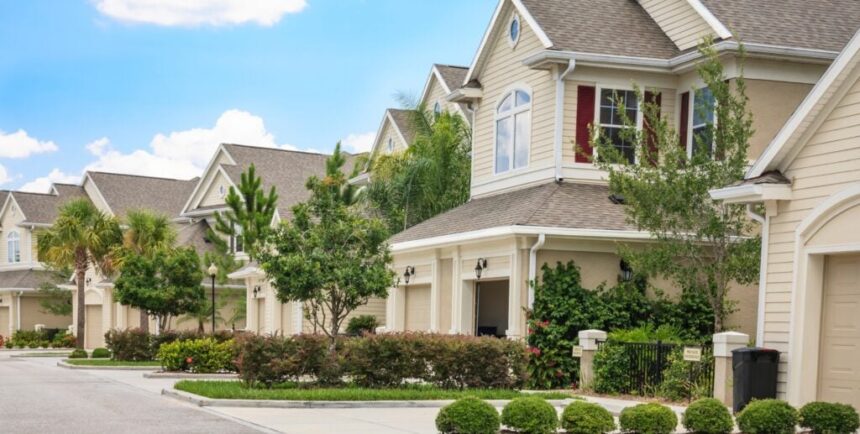As 30-year mortgage rates reached the highest point in decades earlier last week, the number of mortgage applications fell by a seasonally adjusted 1% in one week. The latest data from the Mortgage Bankers Association paints a bleak picture of a housing market increasingly hampered by a seemingly unstoppable rise in mortgage interest rates.
A Look at the Numbers
The rate for a typical 30-year mortgage on conforming loan balances (that is, loans of $726,200 or less) increased to 7.90%, up from 7.70% only a week ago. This is the highest rate on this type of mortgage in 23 years.
In addition, 30-year fixed rates on jumbo loan balances (greater than $726,200) increased from 7.56% to 7.78%. The rate increases are affecting all segments of the mortgage market. FHA-backed loans fared somewhat better than other types of loans, with a 30-year fixed rate of 7.52% as of the end of last week, up from 7.36% the previous week, while 15-year mortgage rates rose to a rate of 7.08%, up from 6.98% the previous week.
Mortgage rates have risen for seven consecutive weeks, in line with the rising yields on 10-year Treasury bonds—10-year bond yields rose more than 10 basis points to 4.95% as of last Wednesday.
“Ten-year Treasury yields climbed higher last week, as global investors remained concerned about the prospect for higher-for-longer rates and burgeoning fiscal deficits,” said MBA’s deputy chief economist Joel Kan. “Mortgage rates followed Treasuries higher, with the 30-year fixed mortgage rate jumping 20 basis points to 7.9%—the highest since 2000.”
The steady climb in mortgage rates is beginning to affect demand for mortgages. Both first-time and existing homebuyers who would be refinancing are reluctant to commit to the high rates. According to Kan: ‘’Mortgage activity continued to stall, with applications dipping to the slowest weekly pace since 1995. These higher mortgage rates are keeping prospective homebuyers out of the market and continue to suppress refinance activity.’’
Application rates for new 30-year mortgages decreased by a seasonally adjusted 2% week over week and 22% year over year, bringing the overall demand for the fixed 30-year mortgage to a 30-year low point. Refinance applications were up by 2% week over week but down 8% year over year.
However, the counterpart to this reduction in demand for the fixed-rate mortgage is an increase in demand for the adjustable-rate mortgage (ARM). ARM mortgages allow for the rate to be fixed for 10 years, at which point it can be reset.
The ARM share of mortgage applications at the end of last week was 9.5% of all applications, the highest rate since November 2022. The current rate for a 5/1 adjustable rate mortgage is 6.99%, up from 6.52% the week before.
What About the Fed and Interest Rates?
The Federal Reserve is not expected to raise the federal funds rate, according to most economists, including the CME FedWatch Tool. However, it is widely expected that the ‘’higher for longer’’ rate strategy will persist, fueling further mortgage interest rate increases.
In fact, until the Fed brings inflation down to its goal of 2% (or changes this goal), it is likely that mortgage rates will continue to grow, further suppressing 30-year mortgage application activity.
Ready to succeed in real estate investing? Create a free BiggerPockets account to learn about investment strategies; ask questions and get answers from our community of +2 million members; connect with investor-friendly agents; and so much more.
Note By BiggerPockets: These are opinions written by the author and do not necessarily represent the opinions of BiggerPockets.









